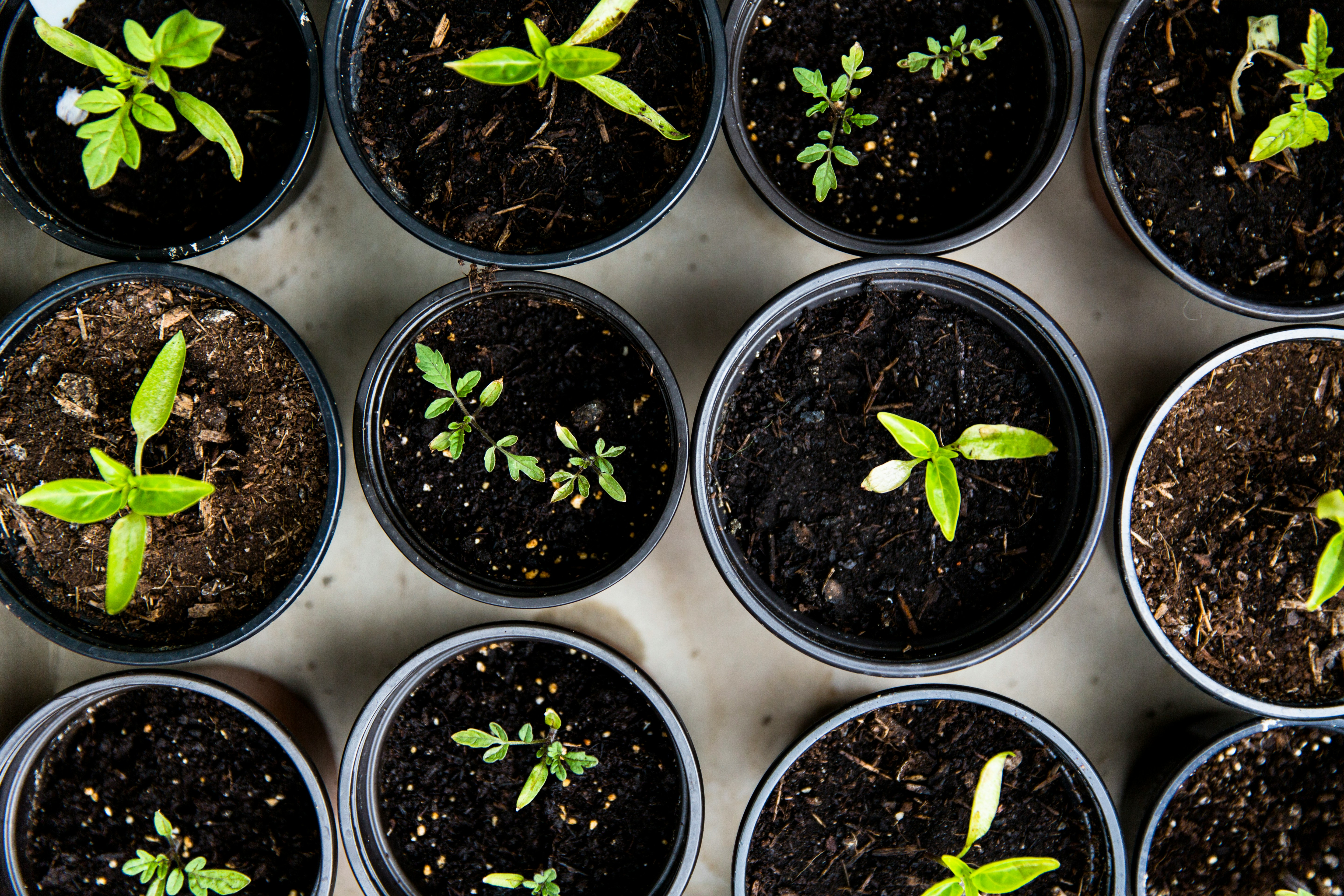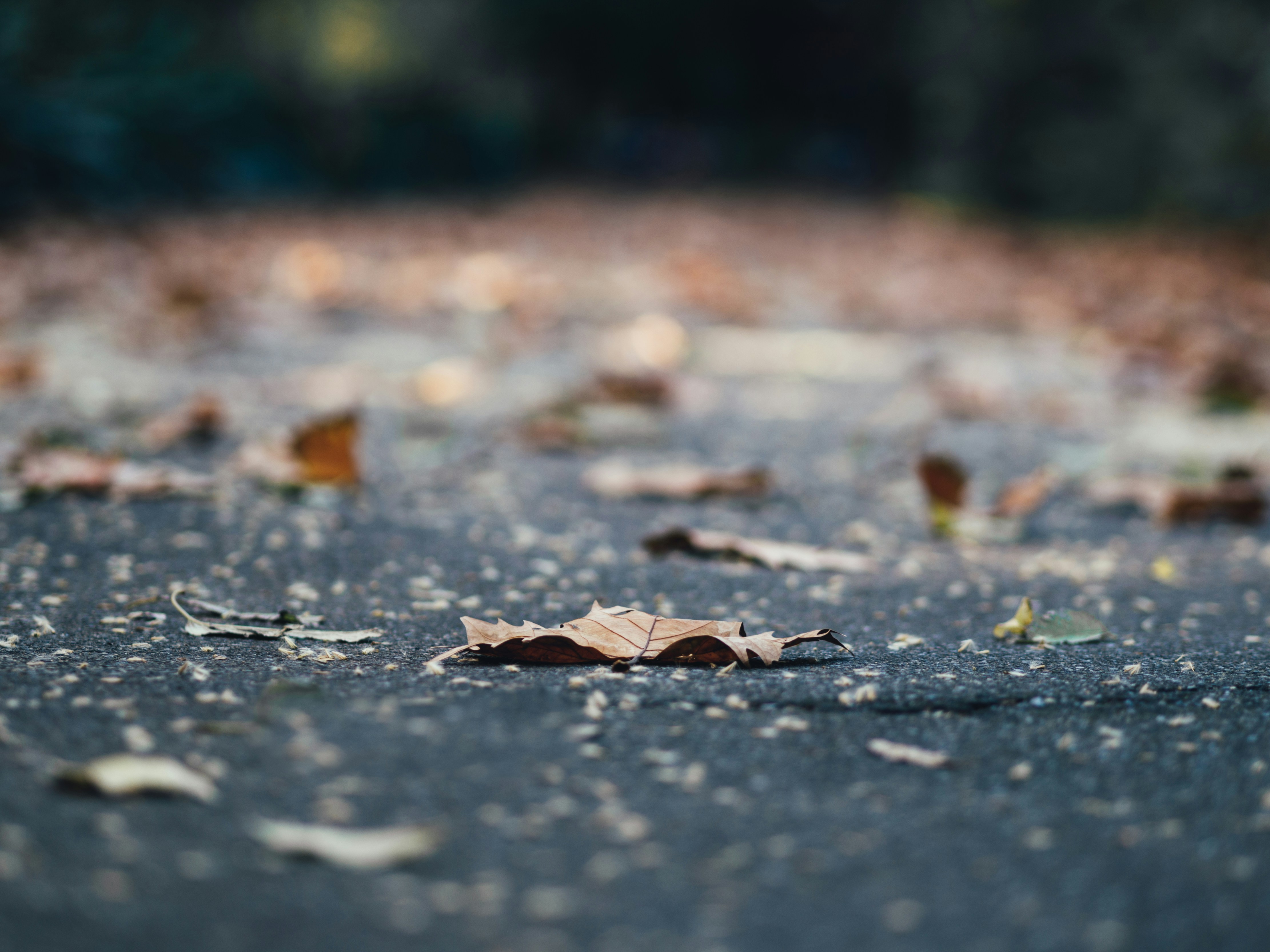Tips & Tricks
Tips & Tricks
About Author

Tips & Tricks

Tips & Tricks
Tips & Tricks
About Author

Tips & Tricks
Tips & Tricks
Maintaining a beautiful and healthy garden requires attention throughout the year. This comprehensive Seasonal Landscaping Checklist provides you with essential tasks and tips for each season, ensuring your garden remains vibrant and well-kept all year long. Whether you're an experienced gardener or just starting, this guide will help you stay on top of your landscaping needs.
Season-Specific Tasks ( Spring )
1. Clean Up Garden Beds
Description: Remove debris, dead leaves, and branches from garden beds to prepare for new growth.
Steps:
Rake leaves and debris from garden beds.
Dispose of or compost the debris.
Remove any dead or diseased plants.
Tools & Materials: Rake, gloves, compost bin.
Do's
Do remove all dead plant material.
Do add debris to a compost pile.
Don'ts:
Don’t leave debris on the garden bed; it can harbor pests and diseases.
Don’t compost diseased plants.
2. Prune Shrubs and Trees
Description: Prune dead or damaged branches to encourage new growth and shape plants.
Steps:
Identify dead, diseased, or crossing branches.
Use sharp pruning shears to make clean cuts.
Cut just above a bud facing outward.
Tools & Materials: Pruning shears, loppers, gloves.
Do's:
Do make clean cuts just above a bud.
Do disinfect tools to prevent disease spread.
Don'ts:
Don’t prune more than 1/3 of the plant at once.
Don’t prune during wet conditions.
3. Prepare Soil
Description: Test soil pH, add compost, and till the soil to improve its quality and structure.
Steps:
Use a soil test kit to check pH levels.
Add compost or soil amendments based on test results.
Till the soil to mix in amendments and aerate.
2. Prune Shrubs and Trees
Description: Prune dead or damaged branches to encourage new growth and shape plants.
Tools & Materials: Pruning shears, loppers, gloves.
Do's:
Do make clean cuts just above a bud.
Do disinfect tools to prevent disease spread.
Don'ts:
Don’t prune more than 1/3 of the plant at once.
Don’t prune during wet conditions.
4. Plant New Flowers and Vegetables
Description: Plant spring flowers and start vegetable seeds indoors to get a head start on the growing season.
Steps:
Choose flowers and vegetables suitable for spring planting.
Prepare planting holes or seed trays.
Plant seeds or seedlings at the recommended depth.
Tools & Materials: Seed trays, garden trowel, watering can.
Do's:Do follow planting depth recommendations.
Do water seeds and seedlings regularly.
Don'ts:
Don’t overcrowd plants; give them space to grow.
Don’t plant tender vegetables too early; wait until the last frost has passed.
Maintaining a beautiful and healthy garden requires attention throughout the year. This comprehensive Seasonal Landscaping Checklist provides you with essential tasks and tips for each season, ensuring your garden remains vibrant and well-kept all year long. Whether you're an experienced gardener or just starting, this guide will help you stay on top of your landscaping needs.
Season-Specific Tasks ( Spring )
1. Clean Up Garden Beds
Description: Remove debris, dead leaves, and branches from garden beds to prepare for new growth.
Steps:
Rake leaves and debris from garden beds.
Dispose of or compost the debris.
Remove any dead or diseased plants.
Tools & Materials: Rake, gloves, compost bin.
Do's
Do remove all dead plant material.
Do add debris to a compost pile.
Don'ts:
Don’t leave debris on the garden bed; it can harbor pests and diseases.
Don’t compost diseased plants.
2. Prune Shrubs and Trees
Description: Prune dead or damaged branches to encourage new growth and shape plants.
Steps:
Identify dead, diseased, or crossing branches.
Use sharp pruning shears to make clean cuts.
Cut just above a bud facing outward.
Tools & Materials: Pruning shears, loppers, gloves.
Do's:
Do make clean cuts just above a bud.
Do disinfect tools to prevent disease spread.
Don'ts:
Don’t prune more than 1/3 of the plant at once.
Don’t prune during wet conditions.
3. Prepare Soil
Description: Test soil pH, add compost, and till the soil to improve its quality and structure.
Steps:
Use a soil test kit to check pH levels.
Add compost or soil amendments based on test results.
Till the soil to mix in amendments and aerate.
2. Prune Shrubs and Trees
Description: Prune dead or damaged branches to encourage new growth and shape plants.
Tools & Materials: Pruning shears, loppers, gloves.
Do's:
Do make clean cuts just above a bud.
Do disinfect tools to prevent disease spread.
Don'ts:
Don’t prune more than 1/3 of the plant at once.
Don’t prune during wet conditions.
4. Plant New Flowers and Vegetables
Description: Plant spring flowers and start vegetable seeds indoors to get a head start on the growing season.
Steps:
Choose flowers and vegetables suitable for spring planting.
Prepare planting holes or seed trays.
Plant seeds or seedlings at the recommended depth.
Tools & Materials: Seed trays, garden trowel, watering can.
Do's:Do follow planting depth recommendations.
Do water seeds and seedlings regularly.
Don'ts:
Don’t overcrowd plants; give them space to grow.
Don’t plant tender vegetables too early; wait until the last frost has passed.
Maintaining a beautiful and healthy garden requires attention throughout the year. This comprehensive Seasonal Landscaping Checklist provides you with essential tasks and tips for each season, ensuring your garden remains vibrant and well-kept all year long. Whether you're an experienced gardener or just starting, this guide will help you stay on top of your landscaping needs.
Season-Specific Tasks ( Spring )
1. Clean Up Garden Beds
Description: Remove debris, dead leaves, and branches from garden beds to prepare for new growth.
Steps:
Rake leaves and debris from garden beds.
Dispose of or compost the debris.
Remove any dead or diseased plants.
Tools & Materials: Rake, gloves, compost bin.
Do's
Do remove all dead plant material.
Do add debris to a compost pile.
Don'ts:
Don’t leave debris on the garden bed; it can harbor pests and diseases.
Don’t compost diseased plants.
2. Prune Shrubs and Trees
Description: Prune dead or damaged branches to encourage new growth and shape plants.
Steps:
Identify dead, diseased, or crossing branches.
Use sharp pruning shears to make clean cuts.
Cut just above a bud facing outward.
Tools & Materials: Pruning shears, loppers, gloves.
Do's:
Do make clean cuts just above a bud.
Do disinfect tools to prevent disease spread.
Don'ts:
Don’t prune more than 1/3 of the plant at once.
Don’t prune during wet conditions.
3. Prepare Soil
Description: Test soil pH, add compost, and till the soil to improve its quality and structure.
Steps:
Use a soil test kit to check pH levels.
Add compost or soil amendments based on test results.
Till the soil to mix in amendments and aerate.
2. Prune Shrubs and Trees
Description: Prune dead or damaged branches to encourage new growth and shape plants.
Tools & Materials: Pruning shears, loppers, gloves.
Do's:
Do make clean cuts just above a bud.
Do disinfect tools to prevent disease spread.
Don'ts:
Don’t prune more than 1/3 of the plant at once.
Don’t prune during wet conditions.
4. Plant New Flowers and Vegetables
Description: Plant spring flowers and start vegetable seeds indoors to get a head start on the growing season.
Steps:
Choose flowers and vegetables suitable for spring planting.
Prepare planting holes or seed trays.
Plant seeds or seedlings at the recommended depth.
Tools & Materials: Seed trays, garden trowel, watering can.
Do's:Do follow planting depth recommendations.
Do water seeds and seedlings regularly.
Don'ts:
Don’t overcrowd plants; give them space to grow.
Don’t plant tender vegetables too early; wait until the last frost has passed.








Other Blogs
Other Similar Blogs
Your go-to destination for insightful articles, tips, and inspiration on all things landscaping and outdoor living
Other Blogs
Other Similar Blogs
Your go-to destination for insightful articles, tips, and inspiration on all things landscaping and outdoor living
Other Blogs
Other Similar Blogs
Your go-to destination for insightful articles, tips, and inspiration on all things landscaping and outdoor living